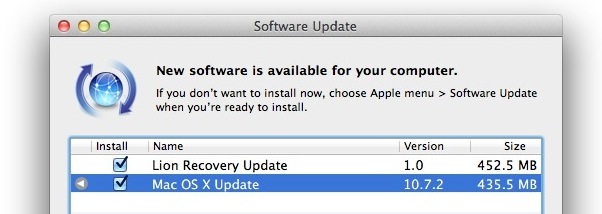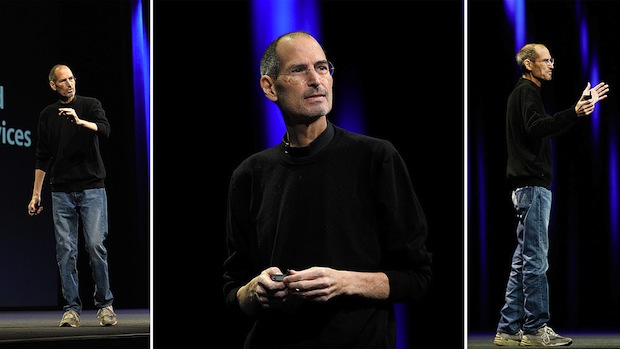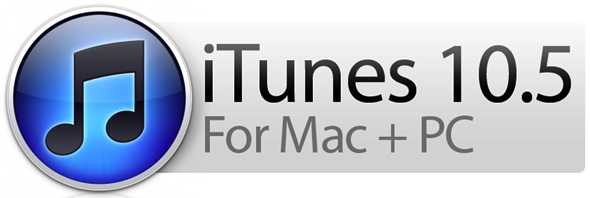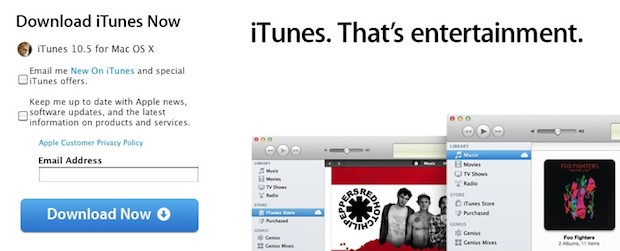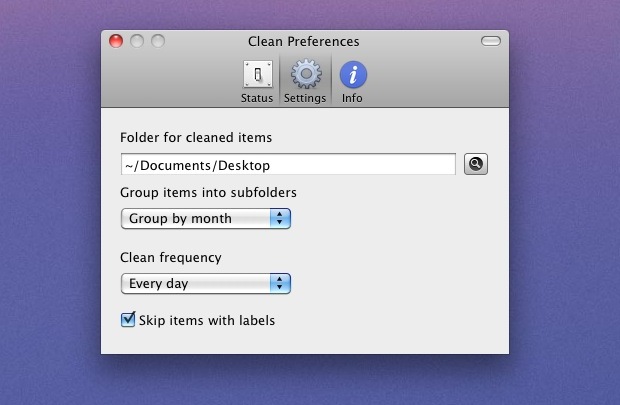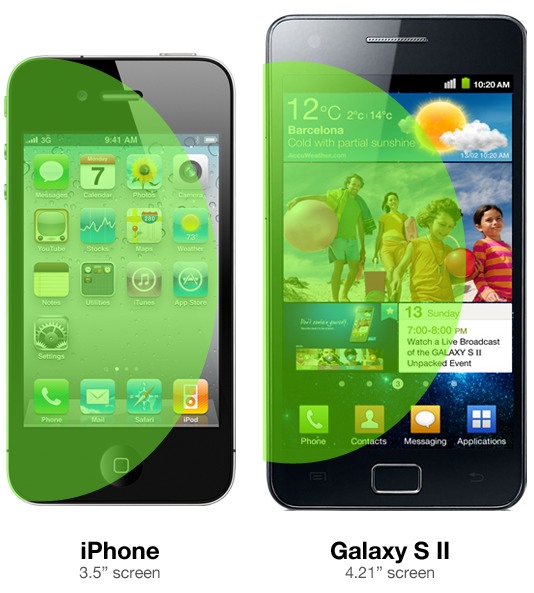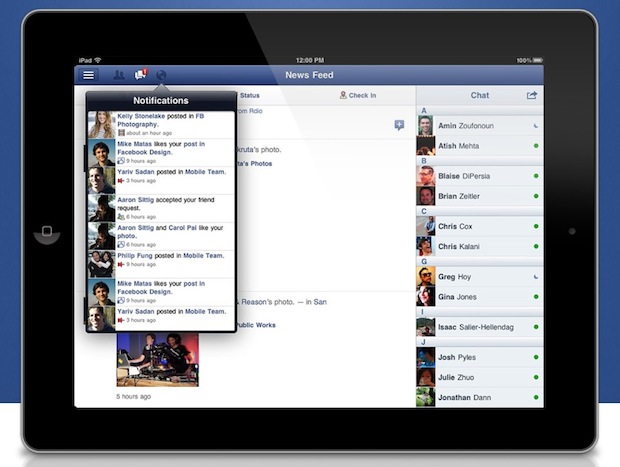Drag Files & Folders Between Desktops & Full Screen Apps in Mac OS X 10.7.2

One of the subtle changes in the Mac OS X 10.7.2 update is the ability to drag files and folders between Desktops and Full Screen apps in Mission Control. All you need to do is grab a file or folder and start pulling the item off the screen in the direction of the Desktop or app you want to bring it to. There’s a brief second of resistance to prevent accidental dragging, and then the desktops rapidly switch over.
For instance, now you can drag and drop a folder into the Full Screen Terminal app and it will print the directory path as usual, or you can drag images from one desktop into another with Photoshop open. This is a great little addition to boost productivity, although if you drag an item into the Dashboard Space it’s fairly useless.
The drag and drop addition was briefly mentioned in the release notes but with all the excitement surrounding iOS 5 it was easy to overlook nearly all of the changes to OS X 10.7.2, other than iCloud of course.

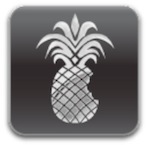 iOS 5 can already be jailbroken thanks to the iPhone Dev Team’s quick release of a new version of redsn0w (0.9.9b7). This is currently a
iOS 5 can already be jailbroken thanks to the iPhone Dev Team’s quick release of a new version of redsn0w (0.9.9b7). This is currently a 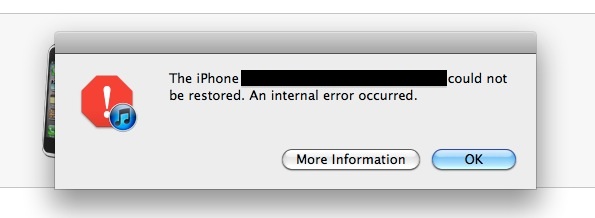
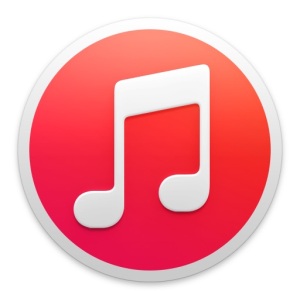 A fair amount of users have ran into “Error 3002” and “Error 3200” during the iOS update process with iTunes. It’s not entirely clear what’s causing this, but we have provided a solution that should work for both Mac and Windows users to resolve the error message so that you can update your iPhone, iPad, or iPod touch as intended.
A fair amount of users have ran into “Error 3002” and “Error 3200” during the iOS update process with iTunes. It’s not entirely clear what’s causing this, but we have provided a solution that should work for both Mac and Windows users to resolve the error message so that you can update your iPhone, iPad, or iPod touch as intended.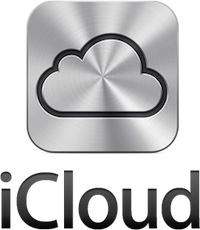 Apple has rolled out iCloud, the cloud syncing service that automatically syncs all your content to all of your devices, be it an iPhone, iPod touch, Mac, PC, iPad, whatever. It also includes things like Find My iPhone and Find My Mac, in addition to several web apps that let you get your Mail, Contacts, and Calendar while on the go, via any web browser. It’s an awesome service, it’s free, and you don’t want to miss it. Here’s how to set it up from any iPhone, iPad, or Mac:
Apple has rolled out iCloud, the cloud syncing service that automatically syncs all your content to all of your devices, be it an iPhone, iPod touch, Mac, PC, iPad, whatever. It also includes things like Find My iPhone and Find My Mac, in addition to several web apps that let you get your Mail, Contacts, and Calendar while on the go, via any web browser. It’s an awesome service, it’s free, and you don’t want to miss it. Here’s how to set it up from any iPhone, iPad, or Mac:
